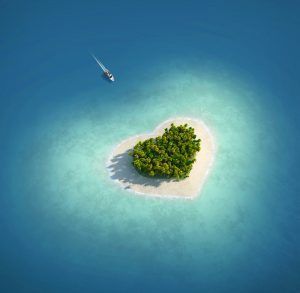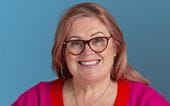- Home
- Blogs
- Employment Talk
Love Island Disrupted
Browse this blog post
There were far too many evenings in July when I found myself in the company of the Islanders. I started off as a reluctant viewer, not least because the remote was hijacked ritually at 8.59pm by my teenage son. My protests about trash TV and fairness fell on deaf ears so I gave in and watched it on the basis that I would probably learn a thing or two about something or other.
I hate to admit it, but I became addicted. I even ordered the water bottle.
Did I learn anything? Absolutely! Looks matter. Age is concept that men wear well (Paul), but for women (Laura) it’s time to “crack on”. Loyalty is just something you say repeatedly, not a value. Love comes easy. And the kudos associated with the greater number of previous partners increases for men (Adam and Jack) and goes the other way for women (Megan). No disruption going on in the villa then.
But the biggest lesson was about diversity and inclusion. High scores should be awarded on the gender count as men and women were represented and rewarded equally, removing the need to worry about a gender pay gap. The programme also fared well on colour, and did reasonably on social and career backgrounds. However, even with all those ticked boxes, there was still something missing. It wasn’t inclusive. The villa was not an environment where all different kinds of people could grow and succeed as Dr Alex and Alexandra discovered on their rocky road. Of course, it wouldn’t be good TV if all the contestants were real, thought differently, knew about Brexit, looked average and wanted a relationship that developed at something other than a whirlwind pace or with someone other than the opposite sex. I’m just saying.
I would love to wax lyrical about the diversity of things I learnt from the 2018 cohort ranging from the Love Island vernacular to making a feature of eyebrows, but I’ve got a text…
